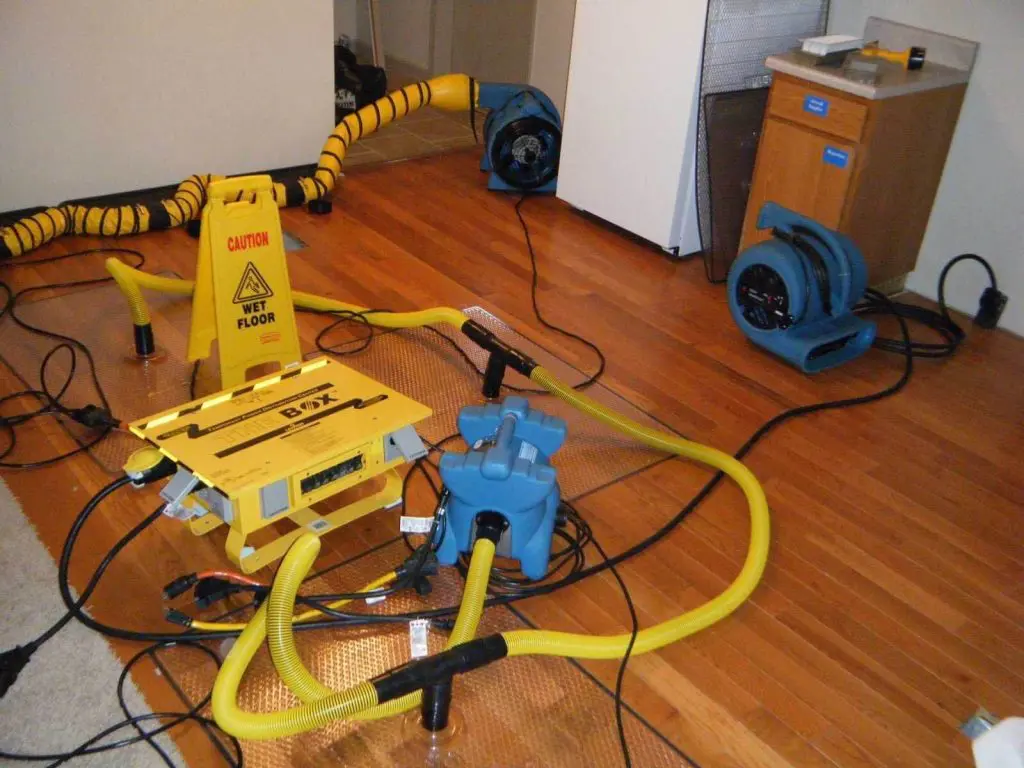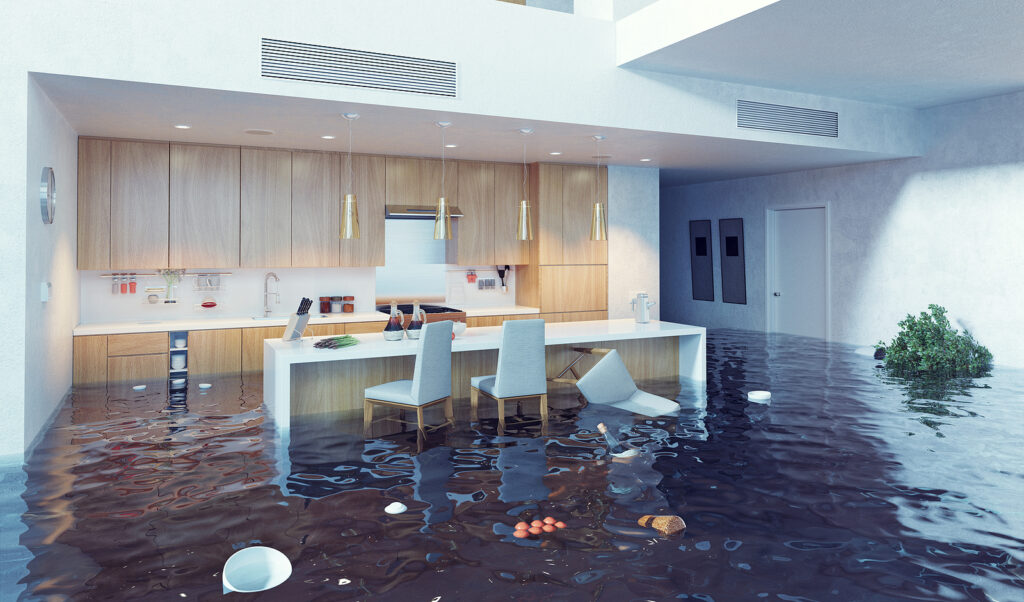Water Damage Restoration Service Renew Your Home: Top & Best 5 Tried-and-Tested Practice Solutions

Water Damage Restoration can wreak havoc on your home, causing structural issues, mold growth, and health hazards. When faced with water damage, swift action is crucial to mitigate further damage and restore your property to its pre-loss condition. In this blog, we’ll explore the water damage restoration process, including costs and materials used.
Table of Contents
Understanding Water Damage Restoration
Water damage restoration involves several steps to remove water, dry out the affected areas, and repair any damage incurred. It’s essential to hire a professional restoration company equipped with the expertise and equipment necessary to handle the job efficiently.
Steps in Water Damage Restoration
- Assessment: A thorough inspection is conducted to assess the extent of the water damage and formulate a restoration plan.
- Water Extraction: Powerful pumps and vacuums are used to extract standing water from the premises.
- Drying: Industrial-grade dehumidifiers and air movers are employed to dry out the affected areas, preventing mold growth and further damage.
- Cleanup and Sanitization: The affected surfaces are cleaned, sanitized, and treated with antimicrobial agents to eliminate mold and bacteria.
- Repairs and Restoration: Damaged materials such as drywall, flooring, and insulation are repaired or replaced to restore the property to its pre-damaged condition.
Cost of Water Damage Restoration
The cost of water damage restoration varies depending on several factors, including the extent of the damage, the size of the affected area, and the materials used. On average, homeowners can expect to pay anywhere from $2,000 to $10,000 for water damage restoration services. However, costs may increase if extensive repairs or structural modifications are required.
Materials Used in Damage Repair
- Moisture Meters: These tools are used to measure the moisture levels in affected materials and determine the extent of water damage.
- Industrial Fans and Dehumidifiers: These equipment are essential for drying out wet surfaces and preventing mold growth.
- Water Extraction Equipment: Pumps, vacuums, and extractors are used to remove standing water from the premises quickly and efficiently.
- Antimicrobial Agents: These chemicals are applied to surfaces to disinfect and sanitize the area, eliminating mold, bacteria, and other contaminants.

Hiring a Professional Restoration Company
While DIY water damage restoration may seem tempting, it’s crucial to enlist the services of a professional restoration company. Experienced professionals have the knowledge, skills, and equipment to handle water damage restoration safely and effectively, ensuring that your home is restored to a safe and habitable condition.
Don’t let water damage disrupt your life. Contact a trusted restoration company today to assess the damage and begin the restoration process. Remember, swift action is key to minimizing damage and restoring your home to its former glory.
FAQs
What are the common causes of water damage in homes?
Common causes of water damage include burst pipes, leaky roofs, plumbing issues, faulty appliances, and natural disasters such as floods or storms.
How soon should I contact a restoration company after water damage occurs?
It’s crucial to contact a restoration company as soon as possible after water damage occurs. Swift action can help mitigate further damage and prevent mold growth, ultimately saving you time and money on repairs.
Are there any health risks associated with water damage?
Yes, water damage can pose various health risks, including mold growth, bacterial contamination, and exposure to harmful chemicals or sewage. It’s essential to address water damage promptly to minimize health hazards.
Can I stay in my home during the restoration process?
In most cases, you can remain in your home during the restoration process, especially if only a portion of your home is affected. However, if extensive repairs are required or if there are safety concerns, your restoration company may recommend temporary relocation.
What measures can I take to prevent water damage in the future?
To prevent water damage, regularly inspect your home for leaks, maintain your plumbing system, install a sump pump, keep gutters and downspouts clean, and ensure proper drainage around your property. Additionally, consider investing in water detection devices and reinforcing vulnerable areas of your home.




